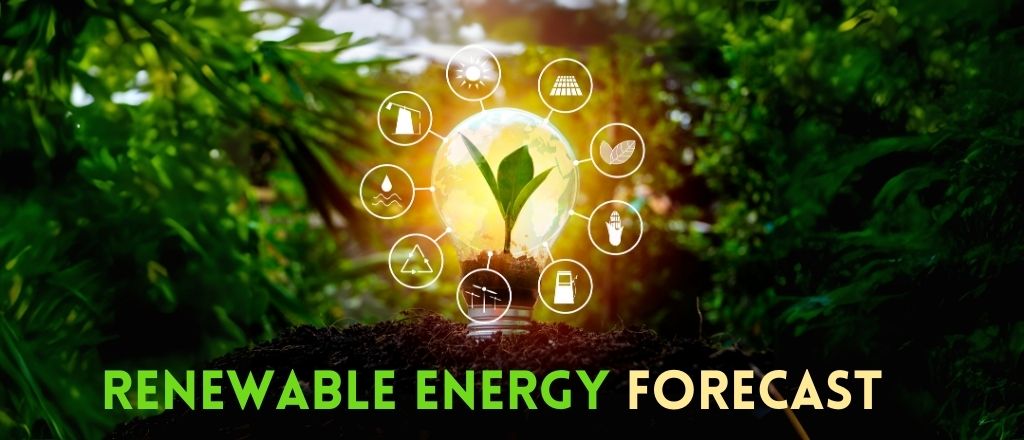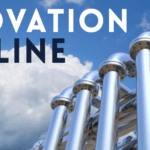Unearth the Energy Transition
As the world races toward net-zero emissions, renewable energy innovations are rapidly reshaping industries once reliant on fossil fuels. Solar, wind, hydrogen, and energy storage technologies are advancing at unprecedented rates, driven by regulatory pressure, corporate sustainability goals, and rising consumer demand for eco-conscious products and services.
In the next five years, businesses across consumer packaged goods (CPG), aerospace, energy, and chemicals will see transformative impacts from these advancements. Companies that invest in green energy adoption, supply chain optimization, and carbon reduction strategies will lead the transition away from oil and gas dependency, securing long-term competitive advantages.
Renewable Energy’s Impact on Key Industries
Consumer Packaged Goods (CPG) : Decarbonizing Manufacturing & Packaging
With sustainability now a key purchase driver, CPG brands must adapt to a future where consumers demand low-carbon, energy-efficient products.
- Solar and wind-powered manufacturing: Global CPG companies are transitioning their factories to 100% renewable energy, reducing reliance on traditional power grids.
- Sustainable packaging: Renewable energy-powered facilities are producing biodegradable, compostable, and plant-based packaging solutions, replacing petroleum-based plastics.
- Carbon footprint transparency: AI-powered tools track emissions from raw material sourcing to end-product distribution, allowing brands to meet CO2 reduction targets.
Innovation Spotlight:
Unilever is scaling renewable energy-powered operations and heavily investing in a decarbonization program, setting new standards for sustainable manufacturing with renewable thermal energy. Its Scope 3 greenhouse gas (GHG) emissions reduction strategy focuses on reducing emissions across its entire value chain, targeting both industrial activities and land-use-related emissions.
Aerospace : The Rise of Sustainable Aviation Fuels (SAF) & Hydrogen-Powered Flight
The aerospace industry faces mounting pressure to decarbonize, making sustainable aviation fuels (SAF) and hydrogen propulsion systems essential innovations in the coming years.
- SAF adoption accelerates: Airlines are ramping up investment in biofuels made from waste materials, drastically reducing lifecycle emissions.
- Hydrogen-powered aircraft: Aerospace leaders like Airbus and Boeing are pioneering hydrogen-electric propulsion, aiming for commercial adoption by the early 2030s.
- Electrification of short-haul flights: Battery-powered aircraft are emerging as viable options for regional travel, cutting emissions on short-distance routes.
Innovation Spotlight:
Rolls-Royce achieved a successful test flight powered entirely by 100% clean hydrogen fuel created by wind and tidal power, marking a major step toward zero carbon aviation.
Energy Industry : Shift Toward Distributed Renewable Power
The energy sector is undergoing its most significant transformation since the industrial revolution, with utility-scale solar, offshore wind, and green hydrogen charging ahead.
- Microgrids and decentralized energy systems: Businesses and municipalities are investing in localized renewable energy grids, reducing dependence on large-scale fossil fuel plants.
- Battery storage innovation: Advanced grid-scale lithium-ion and solid-state batteries are enabling a more reliable transition to intermittent renewables.
- Hydrogen is key: Green hydrogen, produced through electrolysis powered by renewable energy, is gaining traction as a fuel source for transportation, heavy industry, and energy storage.
Innovation Spotlight:
European energy giant Iberdrola is launching large-scale green hydrogen projects, paving the way for fossil fuel-free industrial operations. Additionally, Iberdrola and Amazon have expanded their global renewable energy partnership by signing new power purchase agreements (PPAs) totaling 476 megawatts (MW) in Spain and Portugal, adding to their existing collaborations in the U.S., Germany, and the U.K. These agreements aim to support Amazon’s commitment to powering its operations with 100% renewable energy by 2025, while also leveraging Amazon Web Services (AWS) to enhance Iberdrola’s digitalization efforts in the energy transition.
Chemicals : Renewable Feedstocks & Circular Economy Initiatives
The chemical industry, traditionally reliant on petrochemicals, is shifting toward more bio-based and renewable feedstocks to align with global sustainability mandates.
- Bio-based plastics and resins: Companies are replacing petroleum-derived polymers with plant-based and algae-derived alternatives.
- Carbon capture and utilization (CCU): Industrial facilities are using direct air capture technology to convert CO₂ emissions into environmentally friendly chemical precursors.
- Closed-loop recycling systems: Advances in chemical recycling allow plastics and synthetic materials to be broken down and reused with zero waste.
Innovation Spotlight:
BASF and Dow Chemical and others are investing in electrified steam cracker technology, significantly reducing emissions in polymer production and decarbonizing industrial processes.
The Road to a Low-Carbon Future
The next five years will define the energy transition, with renewable energy adoption accelerating across industries. Companies that proactively invest in green technologies, sustainable supply chains, and decarbonization strategies will gain a competitive edge while meeting global climate commitments.
As innovation in solar, wind, hydrogen, and energy storage continues to disrupt traditional energy models, businesses that align with this shift will not only reduce operational costs but also future-proof their growth in a carbon-neutral economy.
The question is no longer if industries will transition away from oil and gas—but how quickly they can adapt and innovate.

How can Innovation Management Help Your Organization’s Sustainability Goals?
Contact us for a Technology Scouting and Market Analysis Report specific to your business and learn how an Ezassi Innovation Analyst can guide the implementation of these new technologies. For other emerging technology insights, please refer to the Five Year Innovation Forecast.






